The best month to visit Oman depends on your itinerary, budget and preferences. The nature lover can explore Oman in autumn, hiking enthusiasts will love the spring vibes, energetic vibes in winter and hot/dry summer to attend the cultural festival.
Oman is one of the most captivating countries in the Middle East, offering a blend of rugged mountains, golden deserts, and turquoise coastlines. However, if you're planning a trip, it's essential to understand the best time to visit Oman to make the most of your experience. Since the country experiences extreme heat during certain months and cool, comfortable weather during others, each season brings a different flavour to your journey.
Whether you're planning a coastal escape, a desert adventure, or a mountain retreat, knowing the best time to travel to Oman helps you tailor your itinerary to the weather. From the lush landscapes of Salalah during summer's Khareef season to cool winter evenings in Muscat, there's no shortage of unforgettable experiences.
Let’s break down the best time to go to Oman by season: Spring, Summer, Autumn, and Winter, highlighting key weather patterns, famous sights in Oman, seasonal events, and the top activities to do during each of these seasons. Spring - March to May
Spring in Oman is warm, yet bearable, especially in March and early April. This is the best time to travel to Oman if you want to enjoy outdoor adventures before the summer heat kicks in. The average temperature ranges between 25°C and 35°C, which means lower humidity inland, but it will increase in May.
Famous sights in Oman to explore in Spring
- Wadi Shab and Wadi Bani Khalid: A trail to a hidden cave is perfect for swimming and hiking.
- Jebel Akhdar: Known as the "Green Mountain," it blooms with rose gardens in April.
- Muscat: Visit the Sultan Qaboos Grand Mosque and Mutrah Souq in pleasant morning hours.
Activities to do in Oman in Spring
- Hiking and trekking in the Hajar Mountains
- Camping in the desert
- Enjoying cultural festivals like the Muscat Festival
This is the best time to go to Oman if you want to explore natural beauty without peak tourist crowds.
Summer - June to August
Summer in most of Oman is extremely hot, with temperatures soaring above 45°C. However, the Dhofar region in the south offers a complete contrast, thanks to the Khareef monsoon season. If you're wondering about the best places to visit in Oman during summer, Salalah should top your list. North Oman can be very hot and dry, but Salalah has mild temperatures like cloudy, lush, and cool due to the Khareef.
Famous Sights to visit in Summer
- Salalah Waterfalls and Green Hills: Khareef transforms the landscape into a green paradise.
- Al Mughsail Beach and Blowholes
- Frankincense Land Museum in Salalah
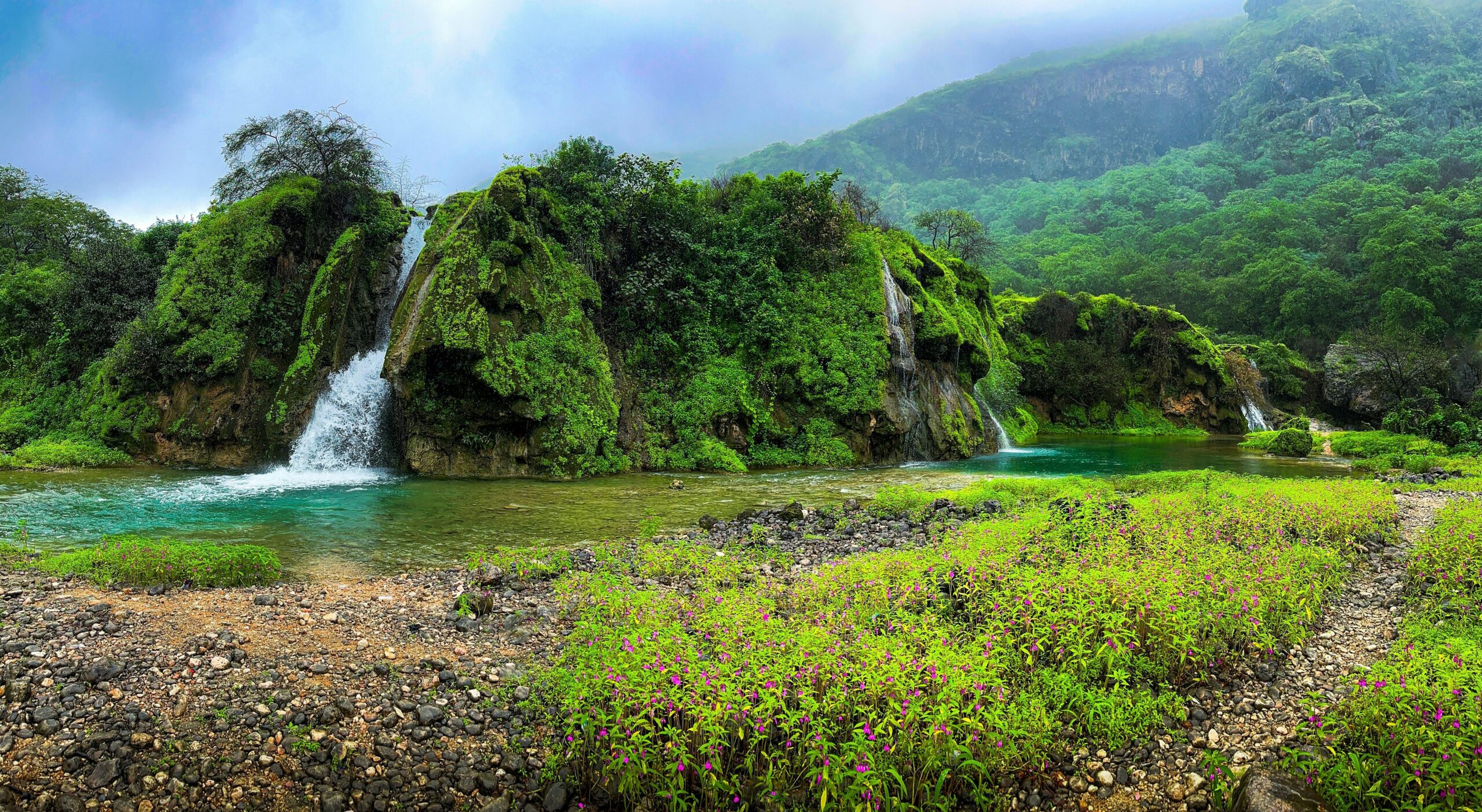
Activities to Do
- Enjoy nature walks and photography in the fog-covered mountains of Salalah
- Attend the Khareef Festival, a cultural and music event in July and August
- Coastal drives along the misty Arabian Sea
Salalah is one of the best places to visit in Oman during summer, making summer the exception in an otherwise off-peak season. Great for unique landscapes not seen elsewhere in the region.
Autumn - September to November
As the Khareef season ends in September, Oman transitions into one of its most beautiful periods. This is arguably the best season to visit Oman for nature lovers and road trippers, especially in October and November. The weather is comfortable across most of the country, so you can make the best of your Oman tour package.
Famous Sights to visit in Autumn
- Nizwa Fort and Souq: Great for a cultural day trip
- Wahiba Sands: Desert safaris are popular again from October
- Jebel Shams: Stunning views of Oman’s Grand Canyon
Activities to Do
- Camel trekking and stargazing in the desert
- Exploring ancient forts and UNESCO sites
- Scuba diving along the Musandam Peninsula
October and November are often considered the best months to visit Oman, thanks to its ideal weather for sightseeing and adventure.
Winter - December to February
Winter is widely recognized as the best time to visit Oman due to its cool temperatures and clear skies. It's also peak tourist season, so you’ll find a lively, energetic vibe across the country. The temperature in coastal areas varies from 20°C to 28°C, whereas the temperature in the Mountains can drop to 10°C or lower at night.
Famous Sights to Visit in Winter
- Daymaniyat Islands: Ideal for snorkelling and diving
- Ras Al Jinz: Watch green sea turtles nesting
- Sur and the dhow-building yards
Activities to Do
- Desert camping in Wahiba Sands
- Visiting Muscat’s landmarks comfortably during the day
- Boating trips and dolphin watching

Winter is, without a doubt, the best time to travel to Oman for most travellers. It is also the peak tourist time, so plan ahead to avoid any hassle.
Planning Tips:
- Book in Advance, especially for peak season from October to April.
- Flights and hotels fill up quickly during the cooler months.
- Popular destinations like Muscat, Nizwa, and Salalah (during Khareef) can get fully booked.
- Early booking helps you secure better rates and preferred accommodations.
- Dress Modestly and Respect Local Culture
- Carry a scarf in case you need to enter mosques or traditional villages.
- Swimwear is acceptable at private beaches and hotels, but not public ones.
- Always Rent a Vehicle - Essential for visiting mountain regions like Jebel Shams or Jebel Akhdar.
- Necessary for desert travel in the Wahiba Sands or Empty Quarter.
- Gives you freedom to explore remote wadis, villages, and coastal routes.
- Some areas require a vehicle by law for safety reasons.
- Stay Hydrated & Sun-Protected Even in Winter
- Always carry bottled water, as dehydration can happen quickly in dry climates.
- Use high-SPF sunscreen, sunglasses, and a hat, especially when hiking or sightseeing.
Understanding the best time to visit Oman is essential for creating a smooth, enjoyable itinerary. Whether you are climbing mountains, swimming in wadis, or walking through ancient markets, each season offers something special. For most travellers, October to April is the best season to visit Oman. November and March are often the best months to visit Oman due to milder weather and fewer crowds. In summer, Salalah is the standout destination and ranks among the best places to visit in Oman.
Whether you are after the best things to do in Oman, scenic beauty, or rich culture, the season will guide your adventure. Planning ahead and choosing the right time will ensure you experience all the wonders of Oman, from the desert’s golden silence to the ocean’s deep blues.
FAQs
Q1. Is Oman’s food scene as rich as its culture?
Oman’s cuisine reflects a mix of Arabian, African, and Indian influences, making it a treat for foodies. The traditional Shuwa, a slow-cooked lamb or goat dish, is a must-try, along with Mashuai (fish with rice) and Khalas dates. During peak season, food festivals and local markets are in full swing, offering plenty of opportunities to try Omani dishes and street food in a more relaxed, pleasant climate.
Q2. Are there any unique festivals or events during Oman’s peak season?
Oman celebrates its National Day on November 18th, which marks the Sultan’s accession to the throne. There are grand parades, fireworks, and various cultural exhibitions. Additionally, Muscat Festival (usually in January-February) is a cultural extravaganza showcasing Omani music, dance, food, and handicrafts, making it a vibrant time to visit.
Q3. Can you go on a boat tour in Oman’s fjords?
Oman’s Musandam Peninsula is known as the "Norway of the Middle East" due to its dramatic fjord-like coastline. The Khareef season and peak season are perfect for a Dhow cruise, where you can enjoy the stunning views of steep cliffs, crystal-clear waters, and secluded beaches. Dolphins are often spotted in these waters, making it an unforgettable experience.
Q4. What’s the best way to experience Omani hospitality?
Omani hospitality is legendary, and during the peak season, you can experience it in full force. Many Omanis are eager to welcome visitors into their homes, offering traditional tea and dates. Participating in a traditional Omani Majlis (gathering) or staying in a desert camp or mountain lodge will provide an authentic, immersive experience in the country’s warm culture.
Q5. Can you drive across Oman’s desert in a 4x4?
Desert safaris are a popular activity, especially in the Wahiba Sands. You can take a thrilling 4x4 ride across the golden dunes, camp under the stars, and experience traditional Bedouin life. Peak season offers the perfect balance of cooler weather and fewer tourists, giving you an amazing adventure in the heart of Oman’s vast desert.










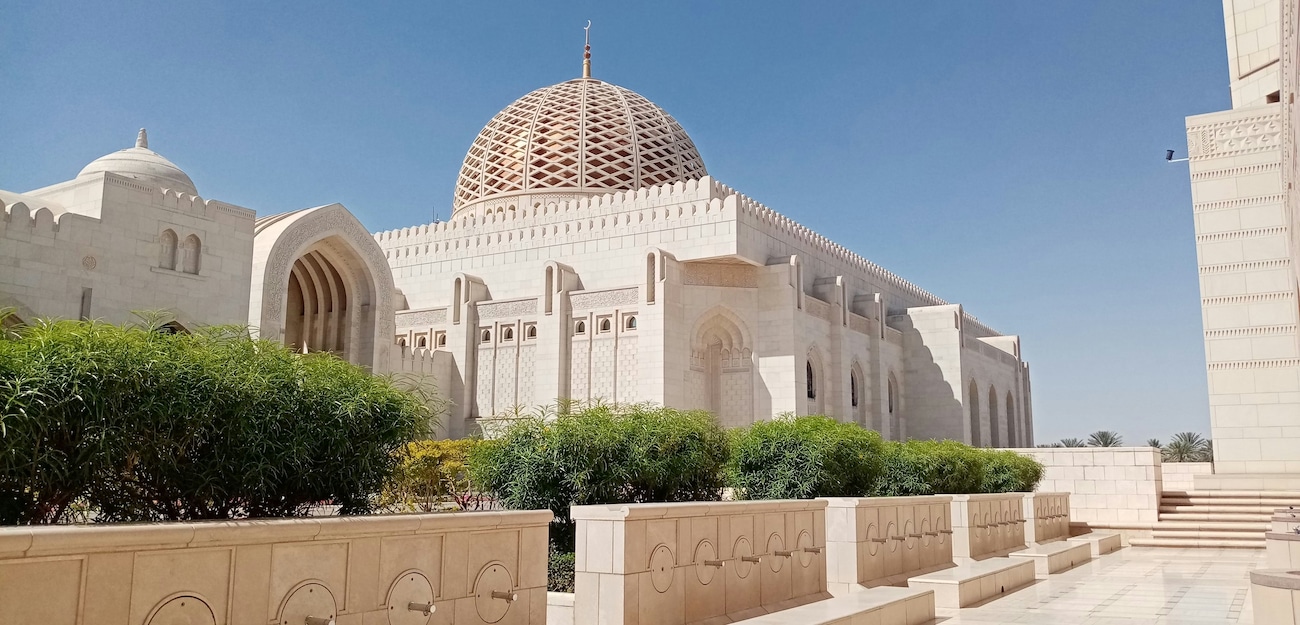
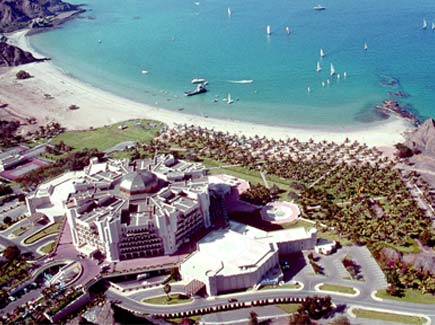
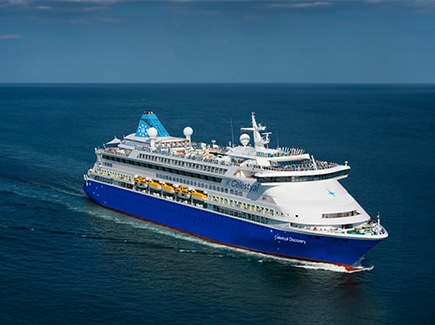

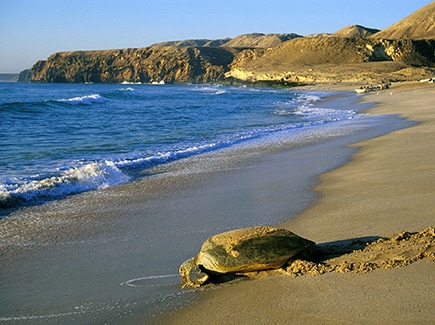














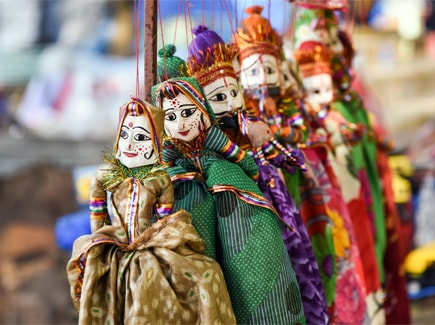
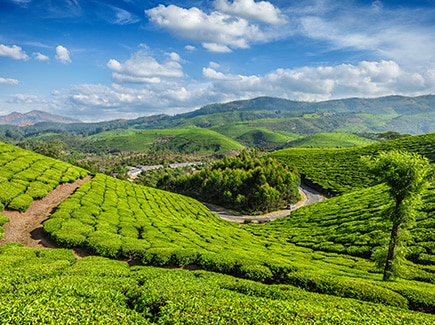

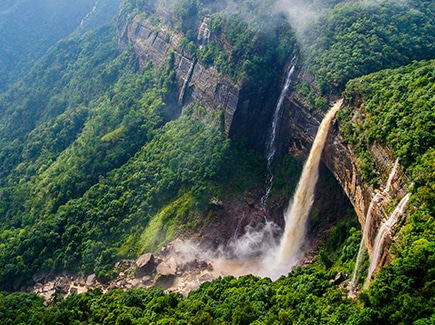

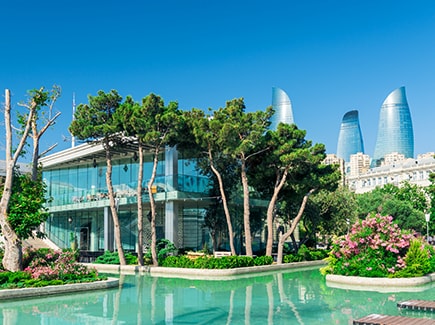

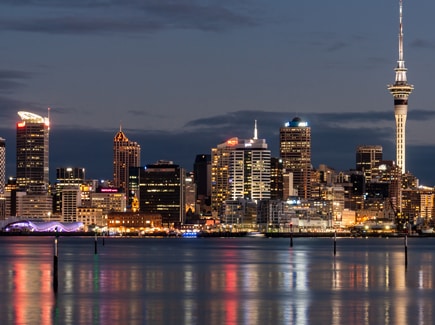



















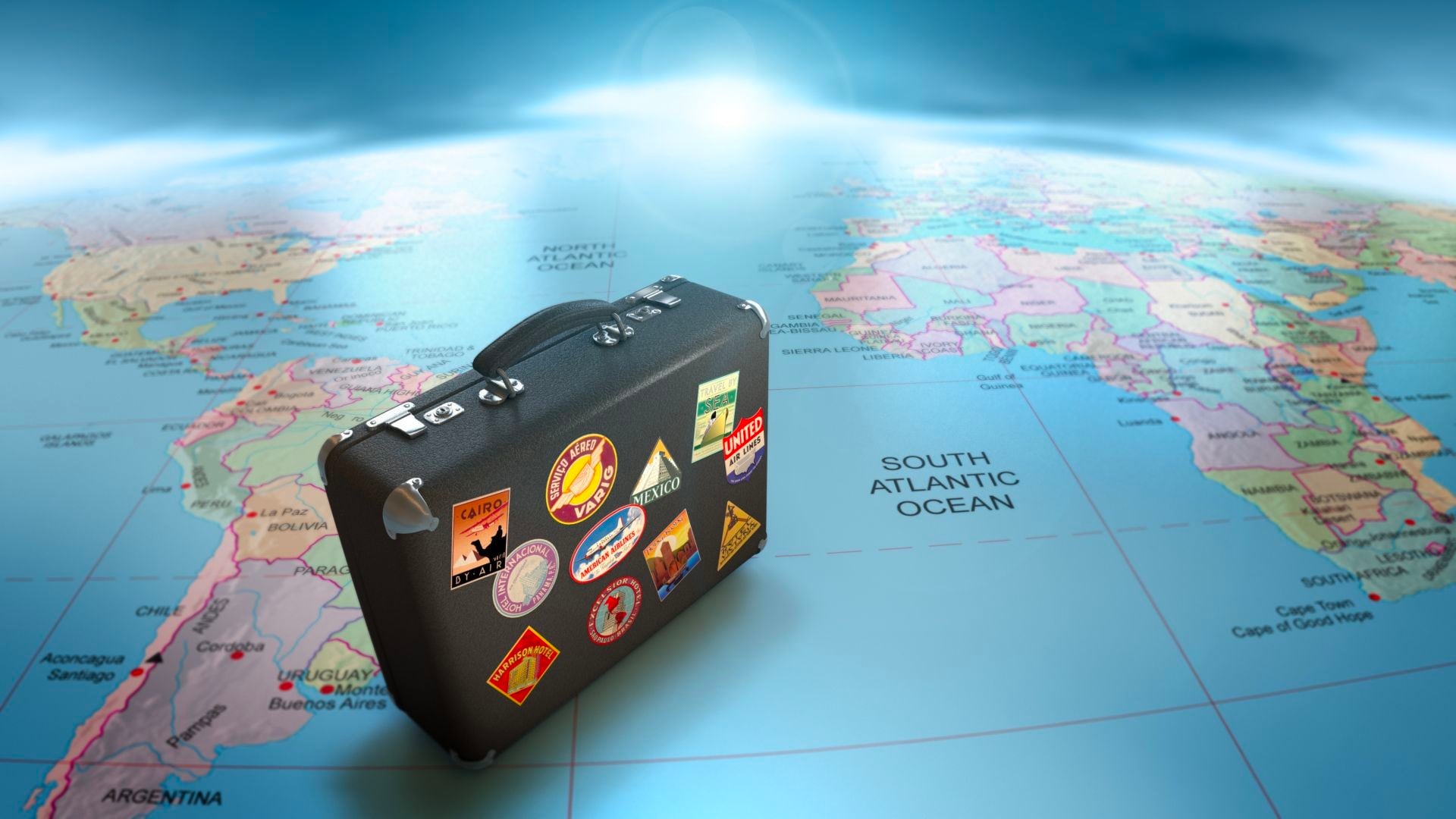

Post your Comment
Please let us know your thoughts on this story by leaving a comment.